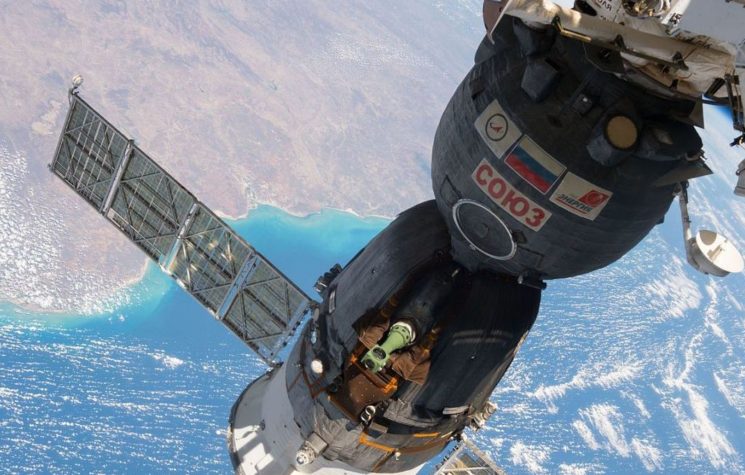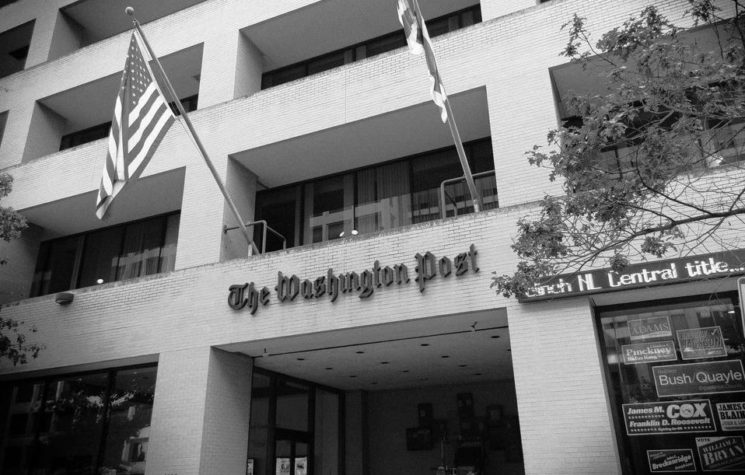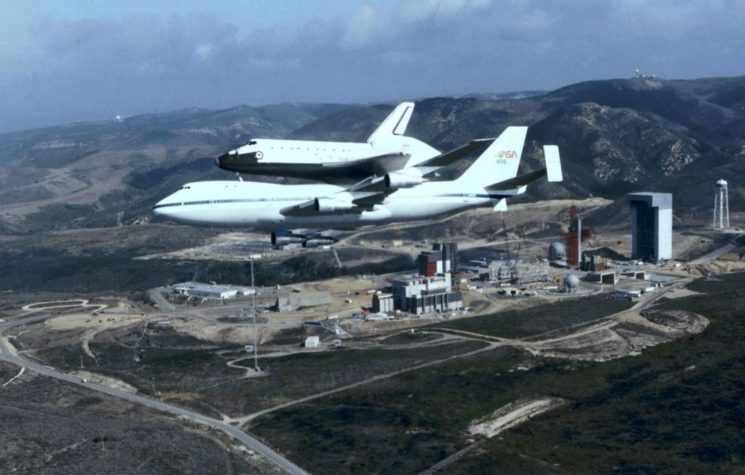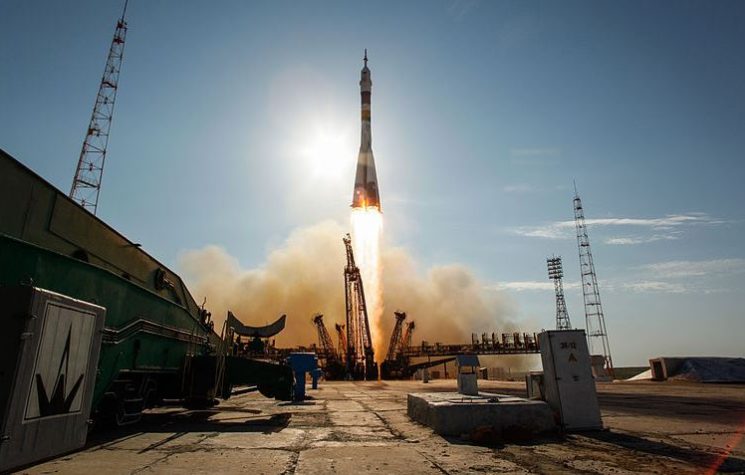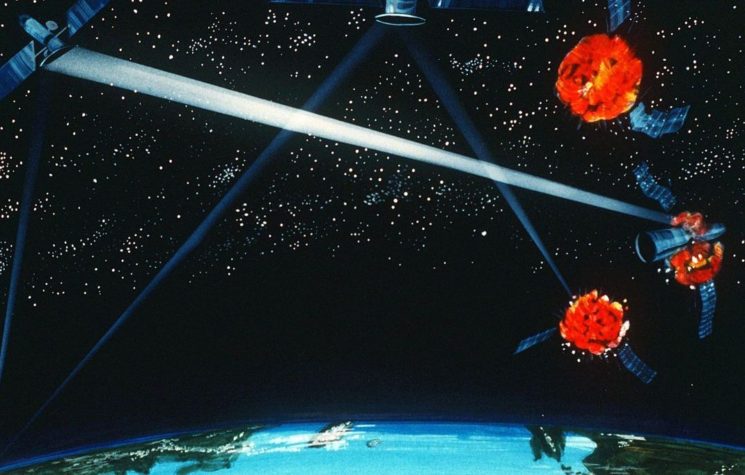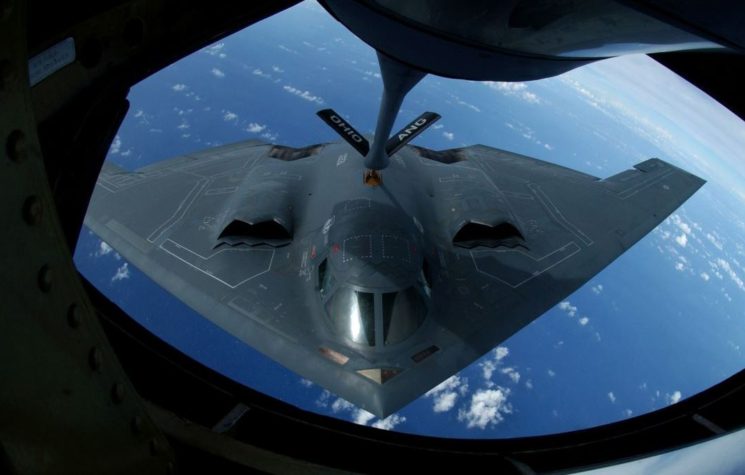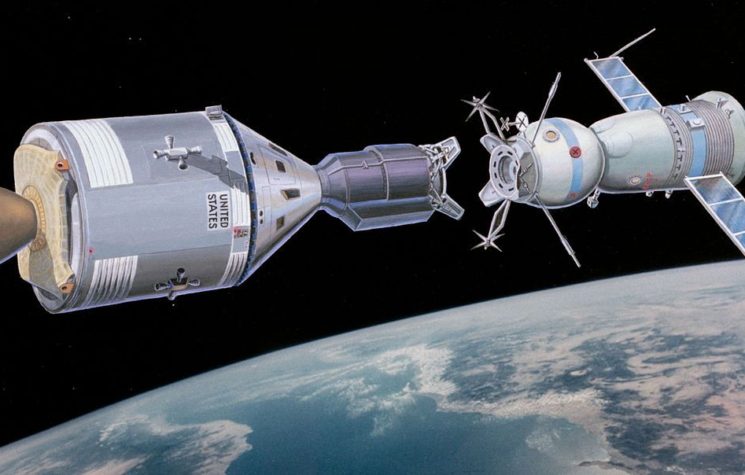From April 29-May 3, a unique five-day conference took place bringing together leading scientists, engineers and policy makers to discuss the important matter of mankind’s long term survival in a very hostile part of the galaxy. The 5th Annual Planetary Defense Conference in Baltimore Maryland was opened by a powerful keynote address by NASA administrator Jim Bridenstine who painted a picture not only of the very real threat which life on earth faces due to the highly volatile (and highly unknown) behaviour of asteroids (near Earth Objects) orbiting in our sector of the solar system, but also outlined an important pathway to world peace.
Unlike “international terrorism” or “man-made global warming” which are purely human-made concoctions driven by political agendas, the threat of asteroid collisions with the earth is very real, and provides a very serious basis for international cooperation on the common aims and in the interest of humankind.
Bridenstine opened his speech by saying “We have to make sure that people understand that this is not about Hollywood. It’s not about movies. This is about ultimately protecting the only planet we know right now to host life, and that is the planet Earth.” After announcing the launch of the Double Asteroid Redirection Test (DART), Bridenstine said “we know for a fact that the dinosaurs did not have a space program… but we do, and we need to use it.”
As these words were being spoken NASA had announced that asteroid 99942 Apophis (named after the Egyptian god of chaos) would come within 19 000 miles of the earth on April 13, 2029- which is closer than some satellites. The head of NASA’s presence at this forum was especially important since the White House had recently created a “National Near-Earth Object Preparedness Strategy and Action Plan” which commissioned a simulation of Apophis colliding with the Earth with devastating results.
Currently only 8000 of the estimated local asteroids (which are 140 meters or larger) have been identified and nothing is even closely in place to change their trajectories any time soon. Even if a collision were to occur in several years’ time, humanity’s technologies and priorities are dismally far from preventing such a collision. Just to put things in perspective, Bridenstine reminded his audience that in February 2013, a meteor measuring only 20 meters in diameter and travelling at 40 000 mph exploded over Chelyabinsk Russia sending a shockwave that destroyed property and injured over 1600 civilians. The energy in that blast was the equivalent of 30 Hiroshimas. This incident caught the world off guard, since everyone’s eyes were pointed at the other side of the earth where a much larger asteroid came within 17 000 miles but missed that same day.
The Potential Russian-USA Alliance for a New Paradigm
Bridenstine, who has been a long-time advocate of US-Russia-China collaboration on science, described his experience in Russia at that time saying “when I was over in Russia, the head of Roscosmos Dimitri Rogozin said that was high on his agenda. As you can imagine with Chelyabinsk and Tunguska, Russia has been significantly impacted by these events, so they have keen awareness and intensity on this that I think is important.”
In 2011 Rogozin made headlines by calling for a policy which he termed “The Strategic Defense of the Earth (SDE)”. As the name implies, the SDE was a revival of the Strategic Defense Initiative (SDI) which President Reagan had first made to the Russians in 1983 mediated by the fascinating figure of Lyndon LaRouche. Unlike George Bush Sr’s unilateral version of the SDI later, this first version was based upon joint US-Russia collaboration of a ground and space-based system of plasma-based advanced laser technologies which would have made nuclear war strategically impossible. While the Russians rejected the offer then, Rogozin’s reactivation of the idea three decades later was a stroke of poetic irony.
Rogozin’s new design called not only for international collaboration around an anti-nuclear war policy, but additionally included asteroid defense. Rogozin was very clear in 2011 that this policy would re-channel the trillions of dollars of military hardware being built up by the anti-ballistic missile shield around Russia (and China) into a function which protects rather than destroys life. Little known in the west, Russia Today reported in October 2011 that the program focuses on “fighting threats coming from space rather than just missiles. … It would be an integration of anti-aircraft, missile, and space defenses. The system would be targeted against possible threats to Earth coming from space, including asteroids, comet fragments, and other alien bodies… The system should be capable of both monitoring space and destroying any dangerous objects as they approach our planet.”
Today both Rogozin and Bridenstine are two leading figures behind Russian and American plans for lunar and mars colonization which alongside China’s pioneering commitment for space exploration offer one of the best gateways out of the “closed system” trap of British geopolitics. America currently has a commitment for a permanent lunar colony by 2024 as a platform for lunar mining and Mars development. Russia’s vision is nearly identical with plans for the first manned mission between 2025-2034 and a permanent colony established by 2040. The European Space Agency has plans for a manned moon colony by 2030 and China has announced its first manned mission by the same period. All four agencies have expressed a serious interest for asteroid defense.








